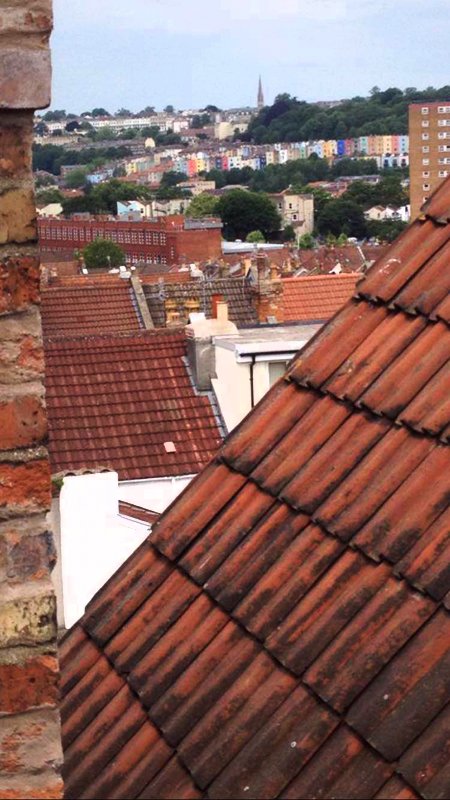Pitched Roofs
Pitched Roofs
Roof repairs can be very expensive, not just the materials and manpower, but will possibly require scaffolding as well. So take binoculars or a camera with a powerful zoom to enable you to visually inspect the roof covering. You can do this at any time, without the agent having to be present. As always, look at the neighbouring roofs see if they have recently been re-covered, a good indicator of when yours will need doing.
What is the roof covering ?
Next, focus on an individual tile and try to determine what it made of, clay (older) or concrete (more recent). In some areas, older properties have real slates. Concrete tiles indicate a post-war roofing replacement. Is there anything special or unusual about the type of roof tile? Some tiles such as Triple Deltas and Bridgewater tiles are not as readily available as more common types such as Pantile or Double Roman.Hence they are more expensive to repair or replace.
Can you see any defects?
Are there any slipped or missing tiles? These indicate a lack of routine maintenance but also water ingress is very probable. Water can cause damage in a timber loft space which can be very expensive to repair! If there is some lighter colouring of the surrounding tiles, this may indicate a more recent break or slip.
Is the roof a “patch work quilt” of differing colours of tiles? Probably someone has made many repairs and it may be time to replace the roof covering completely. Also, look out for small grey tags known in Bristol as “tingles”; these metal (usually lead) clips are used to secure individual tiles and they indicate localised repairs have been carried out. If you see any grey coloured tape, this is normally called ‘flash band’ and is used as a temporary repair. However, it is simply a sticky tape and cannot be considered permanent – the defect should be properly repaired, not just taped over!
Can you see any ‘lifted’ tiles, ones that are not lying flat? If so, there could be a problem with the roof structure beneath. Where the property is in an exposed elevation, the tiles may be vulnerable to lifting by wind and regular repairs will probably be required.
If there are a great many slipped tiles, possibly the roof is suffering from ‘nail fatigue’; the nails have started to rust away and can no longer hold the slates in place.Although such failures may occur in a localised area initially, it is highly likely to occur more widely in the near future.
Man-made regular roof ‘slates’ can be asbestos containing. They are fixed centrally with a single nail and may start to ‘ cup’ or dish. When this happens, the life span of the roof covering becomes very short.
Get an overview of the roof structurally
Finally, try to check the structure. Look at the condition of any mortar such as along the ridge or the hips. If the mortar is missing, this indicates lack of routine maintenance.These areas will require repairs at the very least and possibly more extensive remedial action.
Is there any ‘dishing’ to the roof covering?Do the tiles lie in a straight line? If not, this suggests an inadequacy in the roof structure beneath, possibly very costly to remedy.

